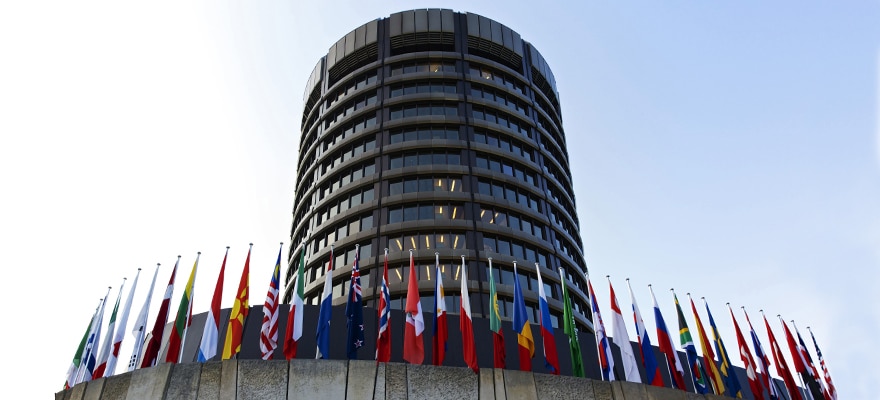The Financial Stability Board (FSB) issued its final loss-absorbing capacity standard for systemically important banks today, which will see them have to set aside as much as 16 percent of their risk-weighted assets. The requirement aims to make sure that banks considered too big to fail stay that way.
The Board said in a statement that the final figures will ensure any systemically important bank has enough recapitalization resources should it fall on black days, curbing the effect of its troubles on the financial stability of the markets where it operates.
Costs Equal to 2.2-3.2 bps Increase in Lending Rates
According to the organization, the costs of attaining the loss-absorbing capacity are comparable to raising lending rates by an average of between 2.2 to 3.2 basis points. In the median long-run, the FSB said that annual output costs are projected at between 2 and 2.8 basis points from GDP. At the same time, said the FSB, benefits could amount to as much as 15 to 20 basis points of annual GDP, by reducing the likelihood of a crisis and the costs associated with such a potential event.
"This new standard is an essential element for ending too-big-to-fail for banks."
The 16 percent loss-absorbing capacity level must be reached by the lenders by the start of 2019, this representing the minimum level. From January 1, 2022, this minimum level will rise to 18 percent of a bank’s risk-weighted assets. In addition, the 2019 minimum loss-absorbing capacity must represent at least 6 percent of the Basel III Leverage ratio denominator, and the one to come into effect from 2022 must be equal to at least 6.75 percent of the Basel III leverage ratio denominator.
Lenders in Emerging Economies Get Longer to Comply
These requirements pertain to large and otherwise systemically important banks in developed economies. For significant lenders in emerging countries, the deadlines for the 16 percent and 18 percent capacity, respectively, are January 2025 and January 2028. However, there is a stipulation in the FSB’s final document that if the corporate bond market in any of these emerging economies reaches 55 percent of gross domestic product over the next five years, then the term for complying with the minimum loss-absorption standards will be shorter.
Mark Carney, Chair of the FSB, said, “The FSB has agreed to a robust global standard so that G-SIBs can fail without placing the rest of the financial system or public funds at risk of loss. This new standard, which will be implemented in all FSB jurisdictions, is an essential element for ending too-big-to-fail for banks. The economic impact assessments conducted as part of the detailed policy work shows that the economic benefits of the final standard far outweigh the costs.”

















